Home>Gardening & Outdoor>Landscaping Ideas>How Many Square Feet Is A Pallet Of Grass
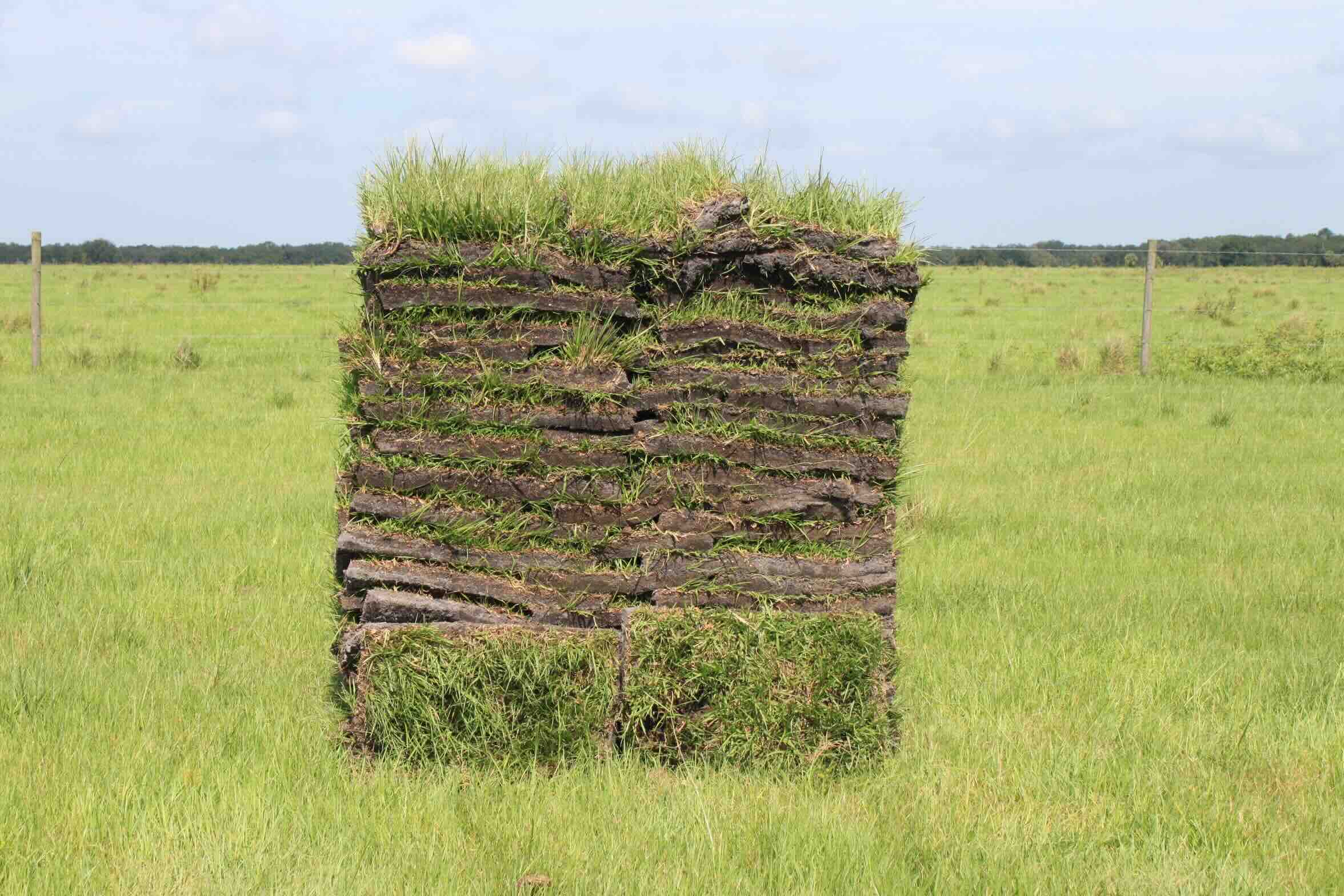

Landscaping Ideas
How Many Square Feet Is A Pallet Of Grass
Published: January 26, 2024
Discover the perfect landscaping solution with our guide on how to calculate the square footage of a pallet of grass. Learn more about landscaping ideas now!
(Many of the links in this article redirect to a specific reviewed product. Your purchase of these products through affiliate links helps to generate commission for Storables.com, at no extra cost. Learn more)
Introduction
Welcome to the world of landscaping, where the lush green expanse of a well-manicured lawn can transform any outdoor space into a serene oasis. When it comes to revamping or creating a new lawn, the concept of using pallets of grass has gained popularity due to its convenience and ease of installation. However, many homeowners and landscaping enthusiasts often wonder about the square footage of a pallet of grass and how it translates to their lawn area.
In this comprehensive guide, we will delve into the intricacies of pallets of grass, exploring the square footage they cover and the factors that can affect this calculation. By the end of this article, you will have a clear understanding of how to estimate the square footage of a pallet of grass and make informed decisions when embarking on your landscaping journey.
Key Takeaways:
- A pallet of grass typically covers around 512 square feet, but factors like grass variety, pallet dimensions, and installation technique can affect the actual coverage area.
- Understanding the dimensions of individual sod pieces and considering factors like grass variety and maintenance is crucial for a successful and vibrant lawn.
Understanding Pallets of Grass
Before delving into the specifics of square footage, it’s essential to understand what exactly a pallet of grass entails. Essentially, a pallet of grass, also known as sod, is a pre-grown grass surface that is carefully cultivated and nurtured by professional growers. It is harvested in sections, typically measuring around 16 inches wide and 24 inches long, and is held together by the roots and a thin layer of soil, forming a cohesive mat of grass.
These pallets are designed to be easily transported and installed, making them a popular choice for homeowners, landscapers, and property developers looking to establish a lush, green lawn quickly. The types of grass used in these pallets can vary, ranging from cool-season grasses like Kentucky bluegrass and fescue to warm-season varieties such as Bermuda grass and zoysia.
When properly cared for and installed, pallets of grass can seamlessly transform a barren patch of land into a verdant carpet of greenery, providing instant curb appeal and a refreshing outdoor space for recreational activities and relaxation.
Now that we have a foundational understanding of what pallets of grass are, let’s explore how to calculate the square footage they cover and the key factors influencing this calculation.
Calculating the Square Footage of a Pallet of Grass
Estimating the square footage covered by a pallet of grass involves a straightforward calculation that takes into account the dimensions of the individual sod pieces. As mentioned earlier, these pieces typically measure around 16 inches in width and 24 inches in length. To determine the square footage covered by a single pallet, we can follow these steps:
- Step 1: Calculate the Area of a Single Piece
Since the dimensions of each piece of grass are known, we can calculate the area it covers by multiplying the width by the length. In this case, 16 inches (0.44 yards) multiplied by 24 inches (0.67 yards) gives us an area of approximately 10.24 square feet per piece.
- Step 2: Determine the Number of Pieces
Next, we need to ascertain the number of sod pieces included in a pallet. This can vary depending on the supplier and the specific dimensions of the pallet, but a typical pallet may contain 50 pieces of grass.
- Step 3: Multiply to Find the Total Square Footage
By multiplying the area covered by a single piece (10.24 square feet) by the number of pieces in a pallet (50), we arrive at a total coverage of approximately 512 square feet per pallet.
It’s important to note that these calculations provide a general estimate, and the actual square footage covered by a pallet of grass may vary slightly based on the specific dimensions and arrangement of the sod pieces. Additionally, factors such as the density of the grass and the presence of gaps between the pieces can influence the effective coverage area.
Now that we have a grasp of the basic calculation for determining the square footage of a pallet of grass, let’s explore the factors that can affect this measurement and how they may impact your landscaping project.
A standard pallet of grass typically covers about 400-500 square feet, but this can vary depending on the type of grass and how densely it is packed. Always check with the supplier for specific coverage information.
Factors Affecting the Square Footage of a Pallet of Grass
While the basic calculation provides a useful starting point for estimating the square footage covered by a pallet of grass, several factors can influence the actual coverage area and its impact on your landscaping project. Understanding these factors is crucial for making informed decisions and ensuring the successful installation of your new lawn. Let’s explore the key considerations:
- Grass Variety and Density
The type of grass included in the pallet and its density can significantly affect the coverage area. Some varieties of grass have a denser growth habit, while others may exhibit a more open or spreading growth pattern. This can impact how closely the individual sod pieces knit together, ultimately influencing the effective coverage area of the pallet.
- Pallet Dimensions and Configuration
While the standard dimensions of a sod piece are commonly 16 inches by 24 inches, variations in pallet dimensions and how the pieces are arranged can impact the overall coverage area. Some pallets may feature larger or irregularly shaped pieces, affecting the way they fit together and the gaps between them.
- Installation Technique and Soil Preparation
The manner in which the pallet of grass is installed and the condition of the underlying soil can also influence the effective coverage area. Proper soil preparation, including leveling and adequate moisture, can promote the seamless integration of the sod pieces, maximizing the coverage area and ensuring a uniform, healthy lawn.
- Environmental Factors and Maintenance
External factors such as environmental conditions and ongoing maintenance practices can impact the long-term performance of the sod and its coverage area. Adequate irrigation, sunlight, and regular lawn care activities play a role in preserving the health and vitality of the grass, ultimately affecting its ability to cover the intended square footage.
By considering these factors and their potential influence on the coverage area of a pallet of grass, you can make informed decisions when planning your landscaping project. It’s important to work closely with reputable suppliers and professional landscapers to ensure that the pallets of grass you acquire align with your specific needs and expectations.
With a solid understanding of how to calculate the square footage of a pallet of grass and the factors that can impact this measurement, you are well-equipped to embark on your journey to create a vibrant, inviting lawn space that enhances the beauty and functionality of your outdoor environment.
Conclusion
As we conclude our exploration of the square footage of a pallet of grass, it’s evident that this seemingly simple calculation encompasses various considerations that can influence the successful establishment of a lush, vibrant lawn. By understanding the dimensions of the individual sod pieces and the factors that can impact their effective coverage area, homeowners and landscaping enthusiasts can make informed decisions when planning and executing their landscaping projects.
From the initial calculation, which involves multiplying the area of a single sod piece by the number of pieces in a pallet, to the nuanced factors such as grass variety, pallet dimensions, installation techniques, and ongoing maintenance, there are several elements at play that contribute to the overall coverage area and the long-term success of the lawn.
It’s important to approach the selection and installation of pallets of grass with careful consideration of these factors, ensuring that the chosen grass variety aligns with the environmental conditions of the intended location and that proper soil preparation and installation techniques are employed to maximize the coverage area and promote healthy growth.
Additionally, ongoing maintenance practices, including watering, fertilization, and mowing, are essential for preserving the vitality and coverage area of the grass, contributing to the creation of a vibrant and enduring outdoor space.
By collaborating with reputable suppliers and leveraging the expertise of professional landscapers, individuals can navigate the complexities of pallets of grass and confidently embark on their landscaping journey, knowing that they are equipped with the knowledge and insights necessary to achieve a thriving, visually stunning lawn.
Ultimately, the square footage of a pallet of grass represents more than just a numerical measurement; it embodies the potential to transform a barren patch of land into a verdant, inviting landscape, enriching outdoor experiences and enhancing the aesthetic appeal of residential and commercial properties alike.
Armed with a comprehensive understanding of the square footage of a pallet of grass and the factors that influence it, you are well-prepared to embark on your landscaping endeavors, creating captivating outdoor spaces that elevate the beauty and functionality of your surroundings.
Frequently Asked Questions about How Many Square Feet Is A Pallet Of Grass
Was this page helpful?
At Storables.com, we guarantee accurate and reliable information. Our content, validated by Expert Board Contributors, is crafted following stringent Editorial Policies. We're committed to providing you with well-researched, expert-backed insights for all your informational needs.
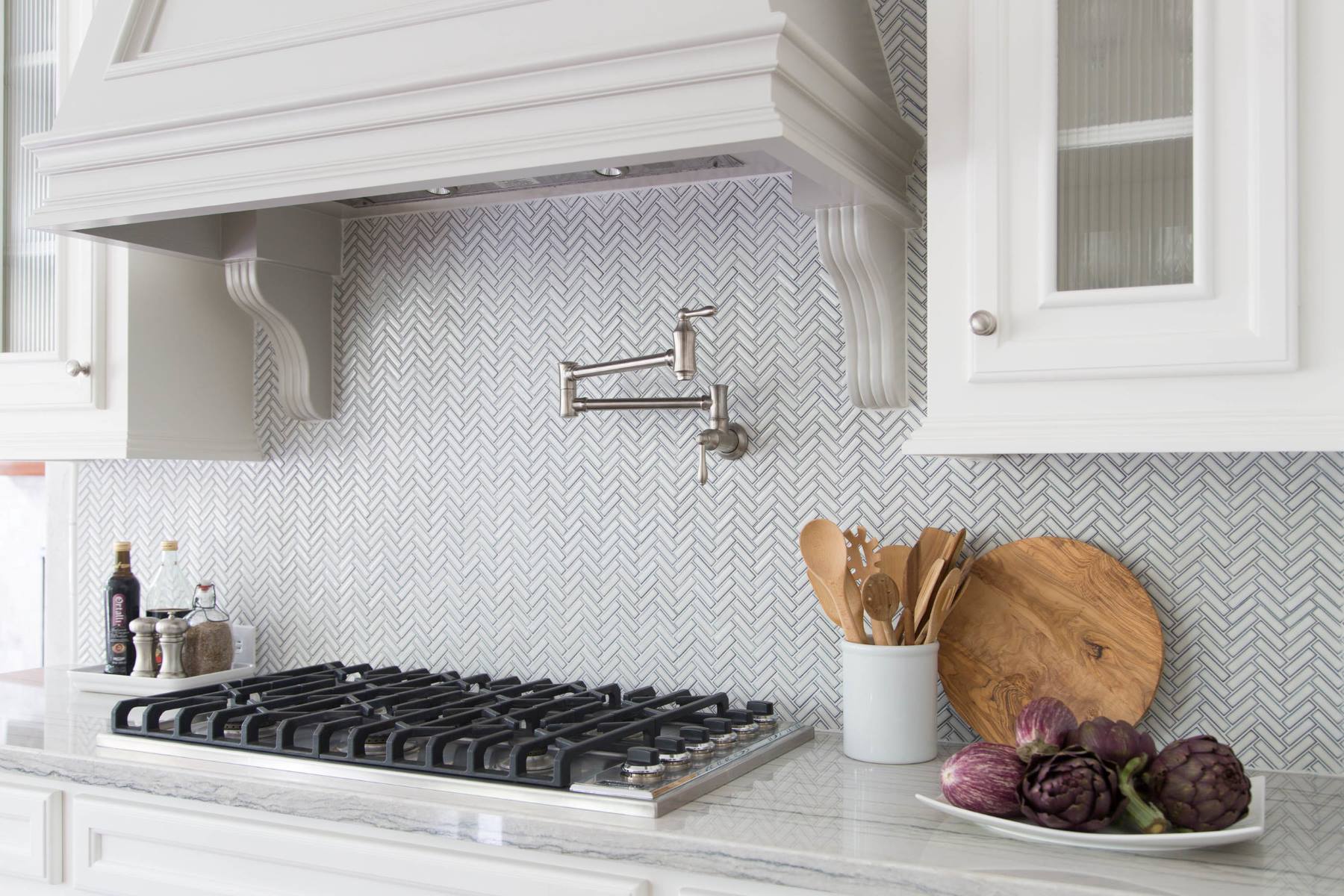



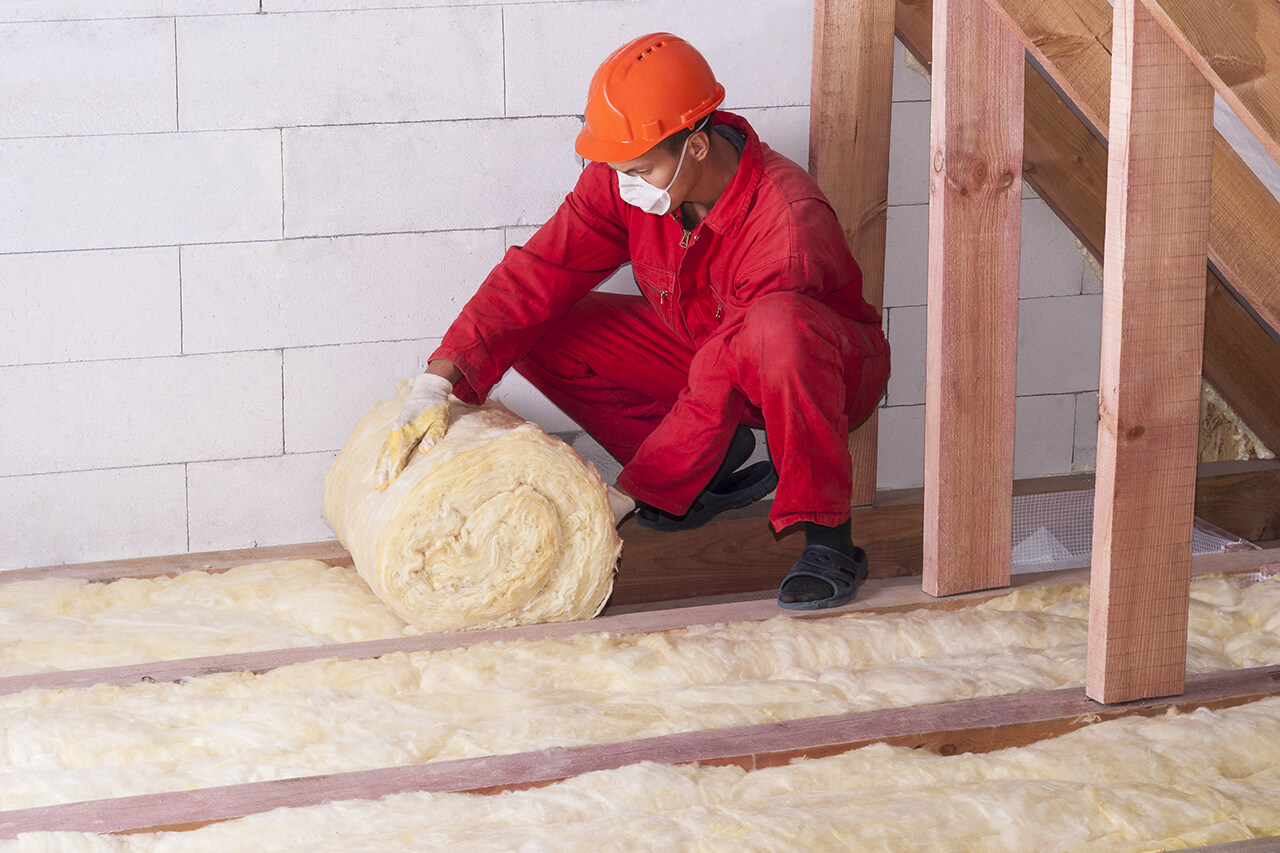
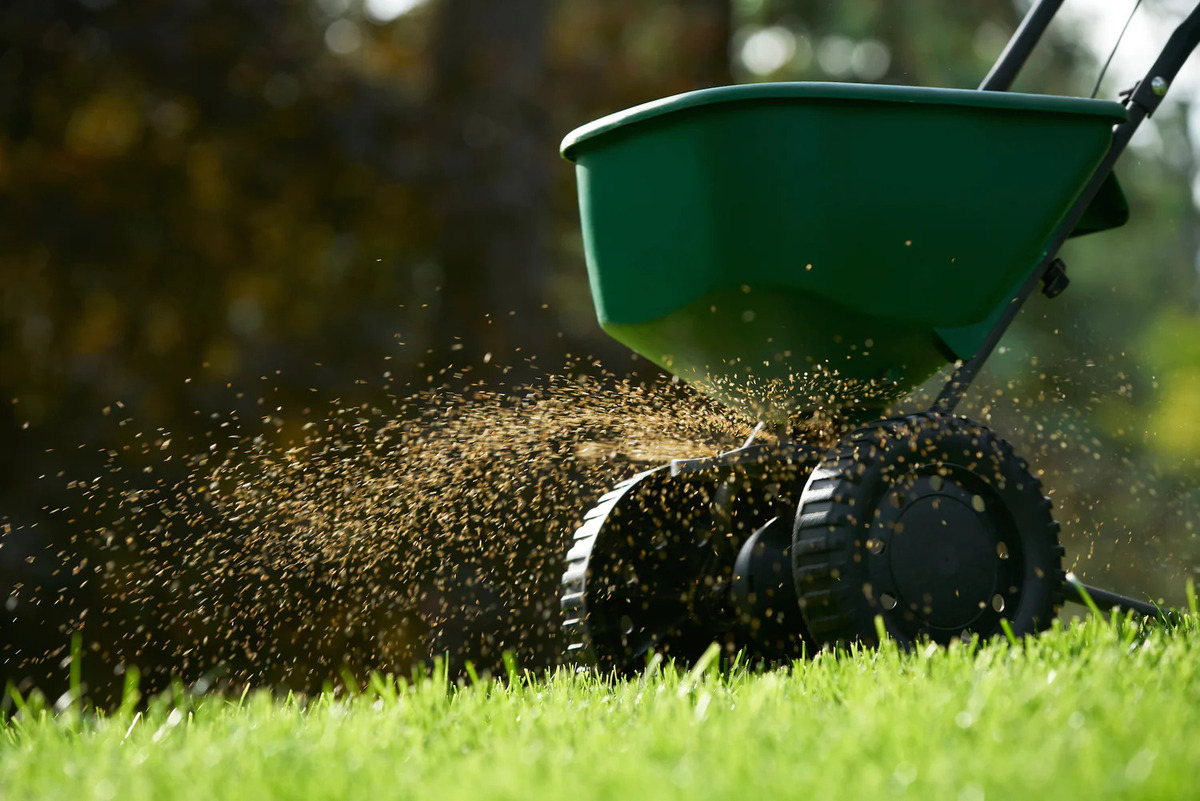
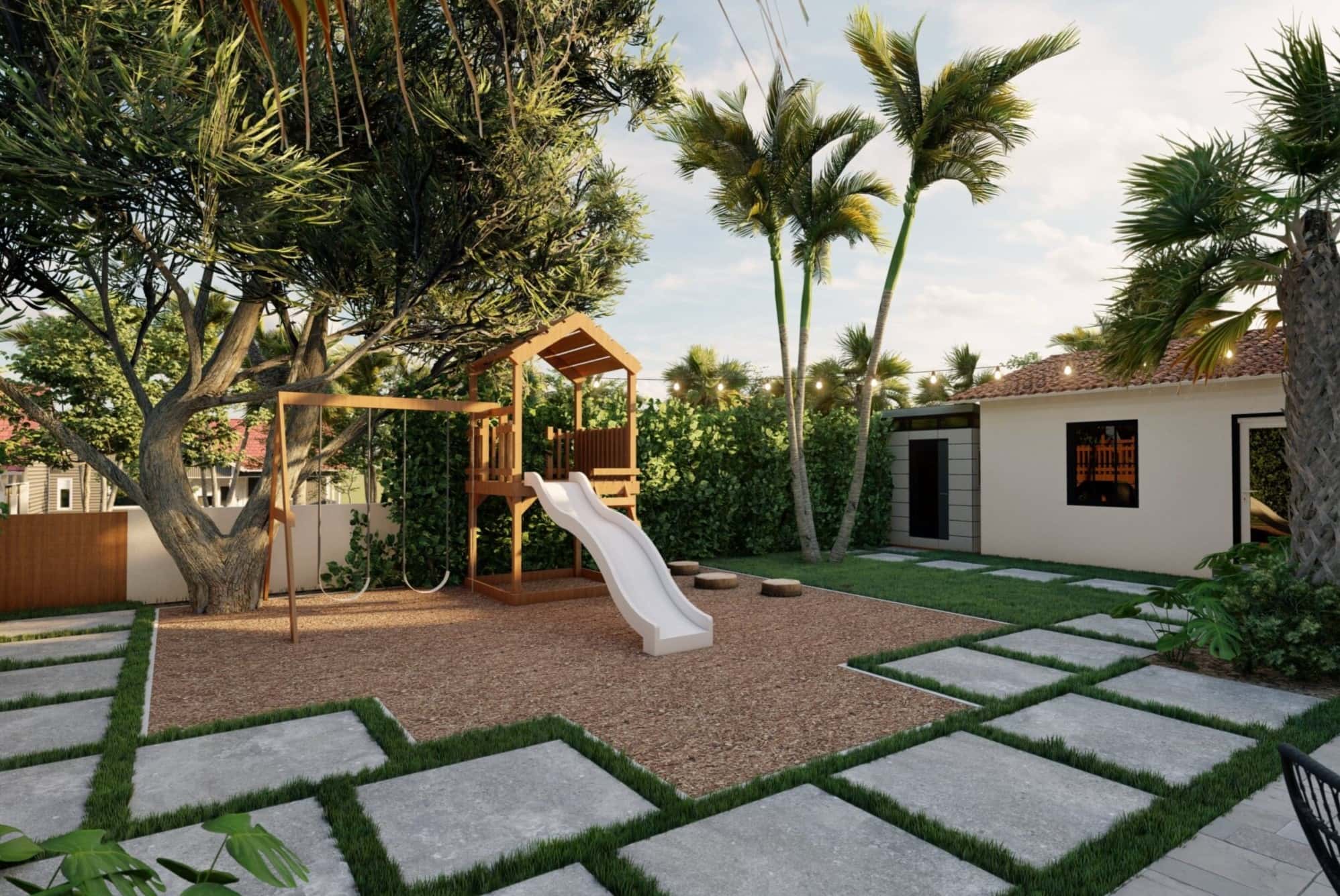
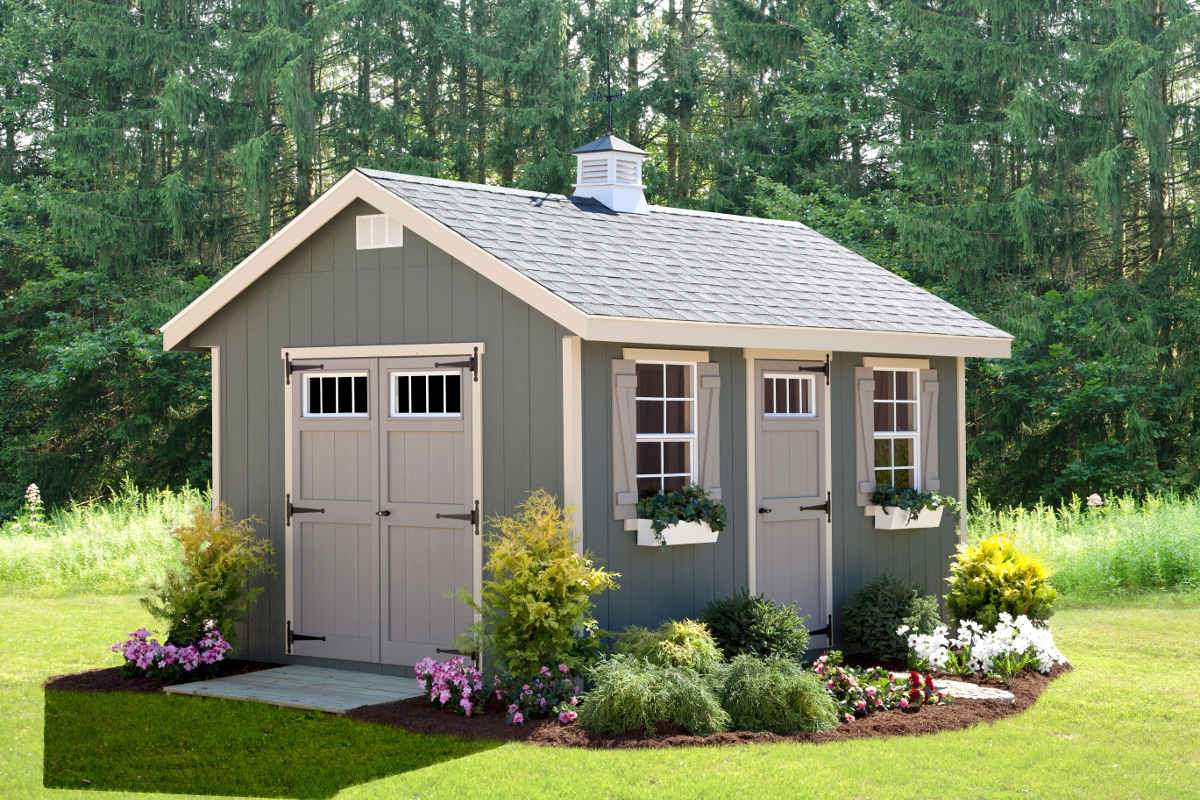
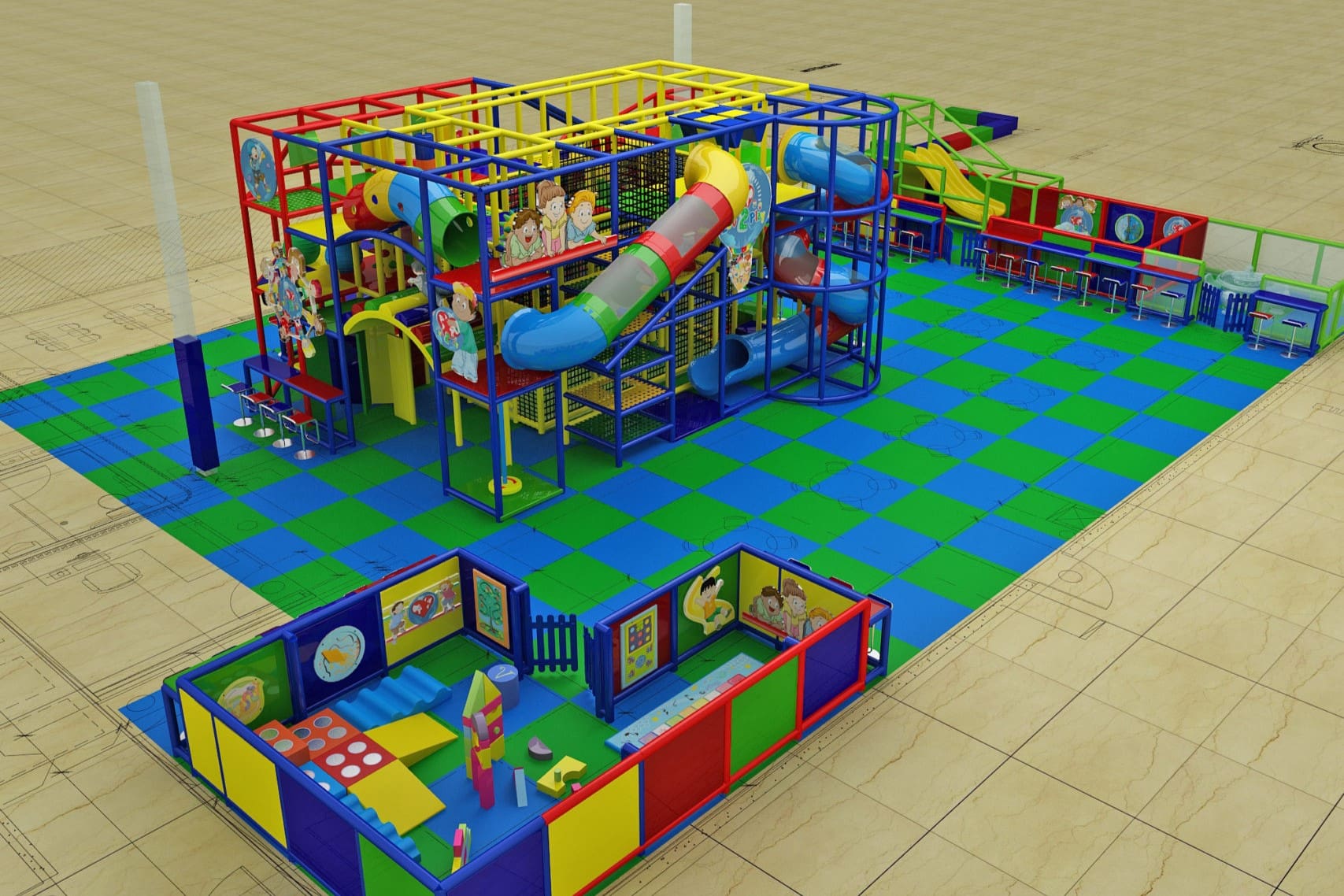
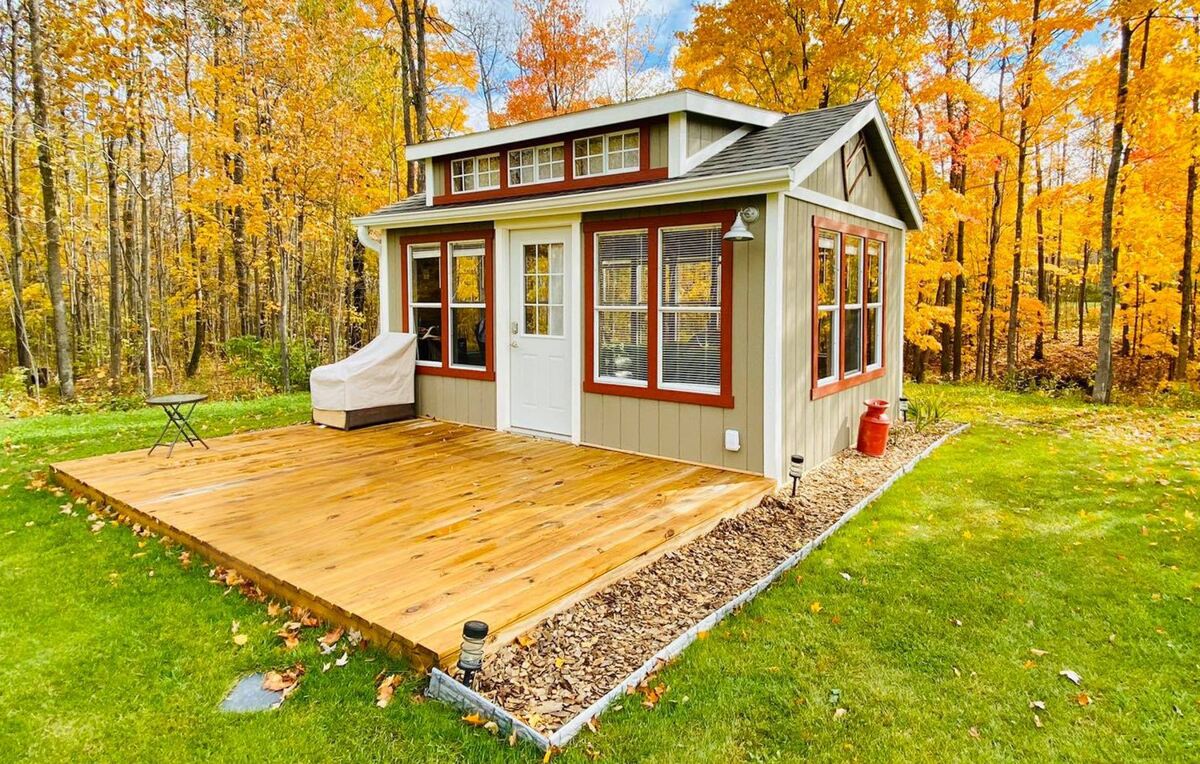
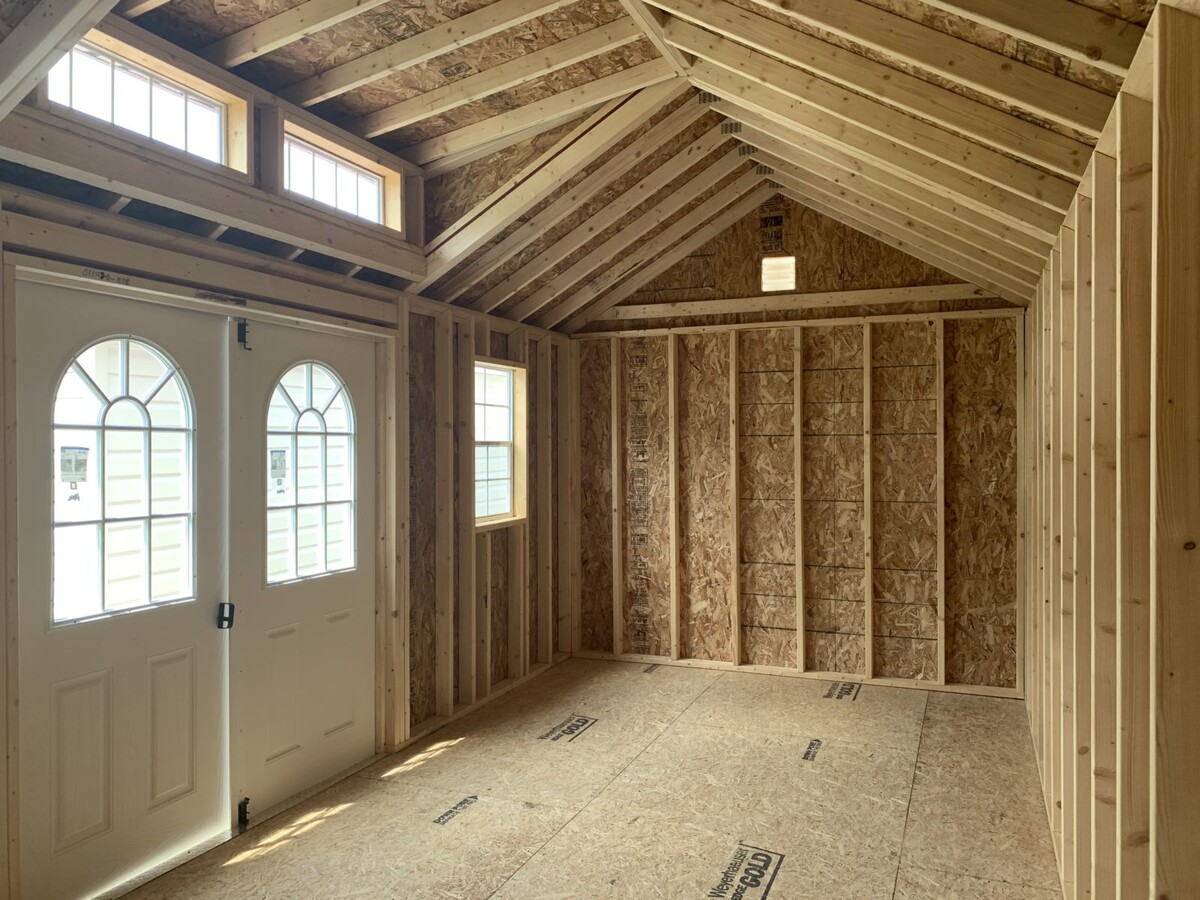
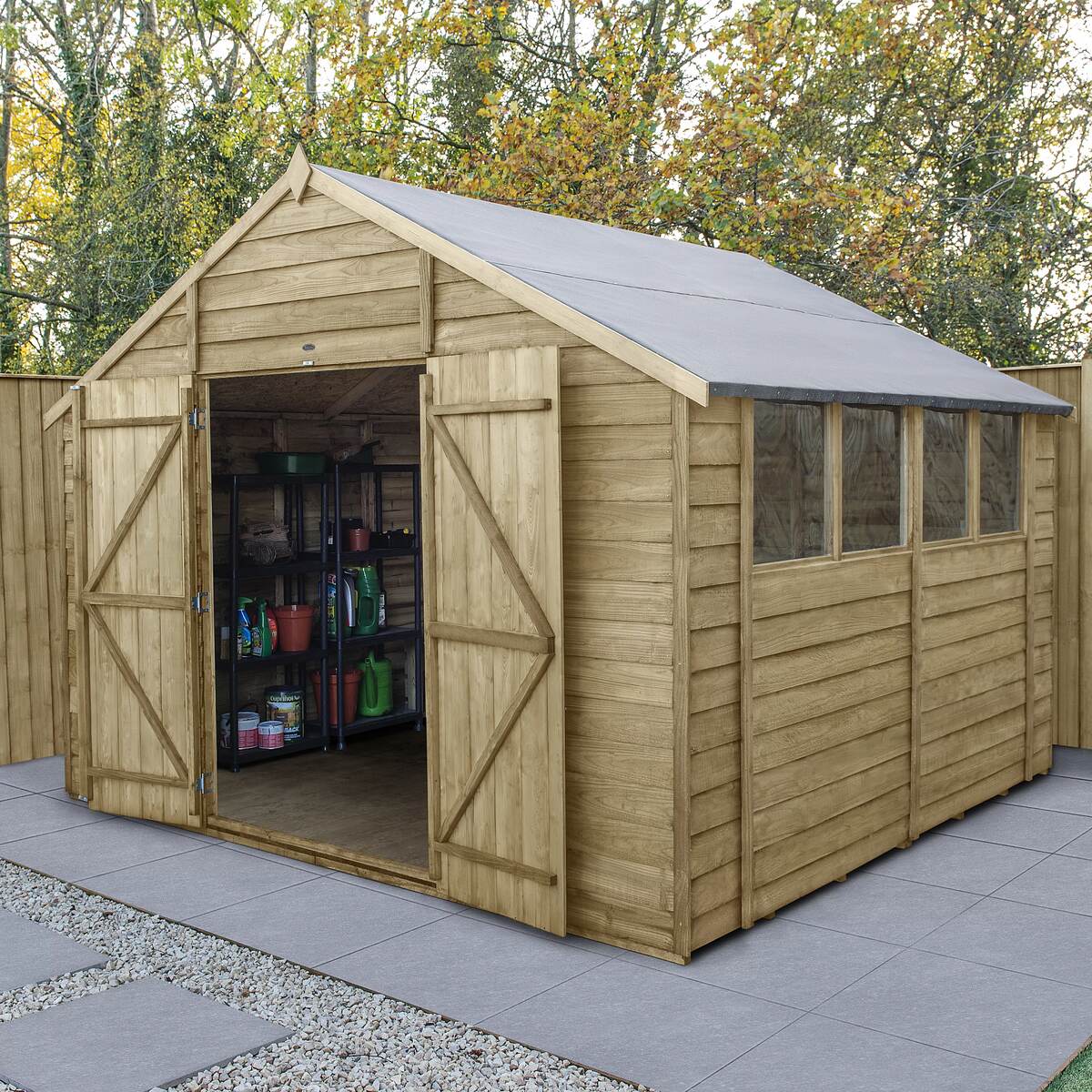
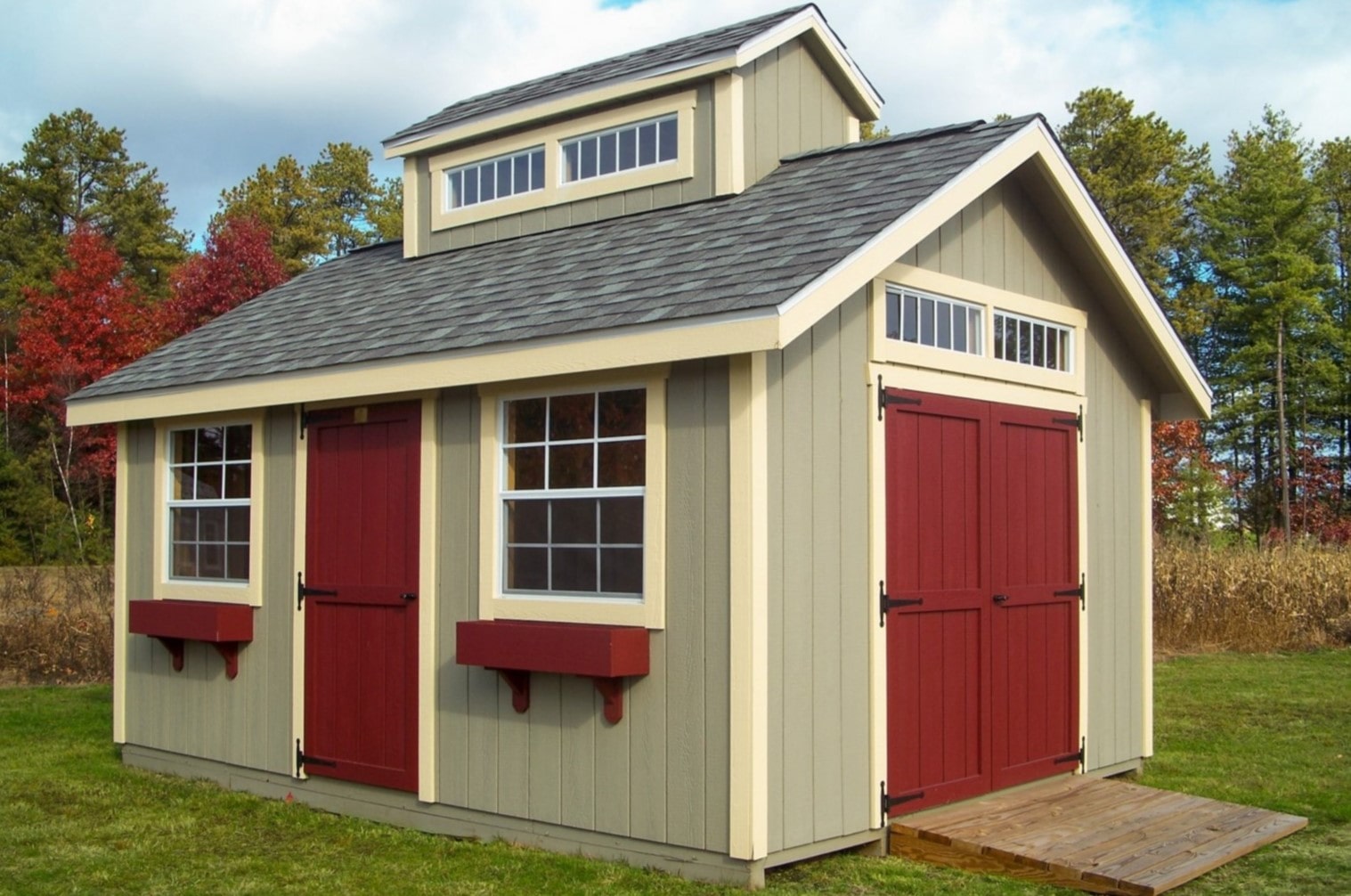
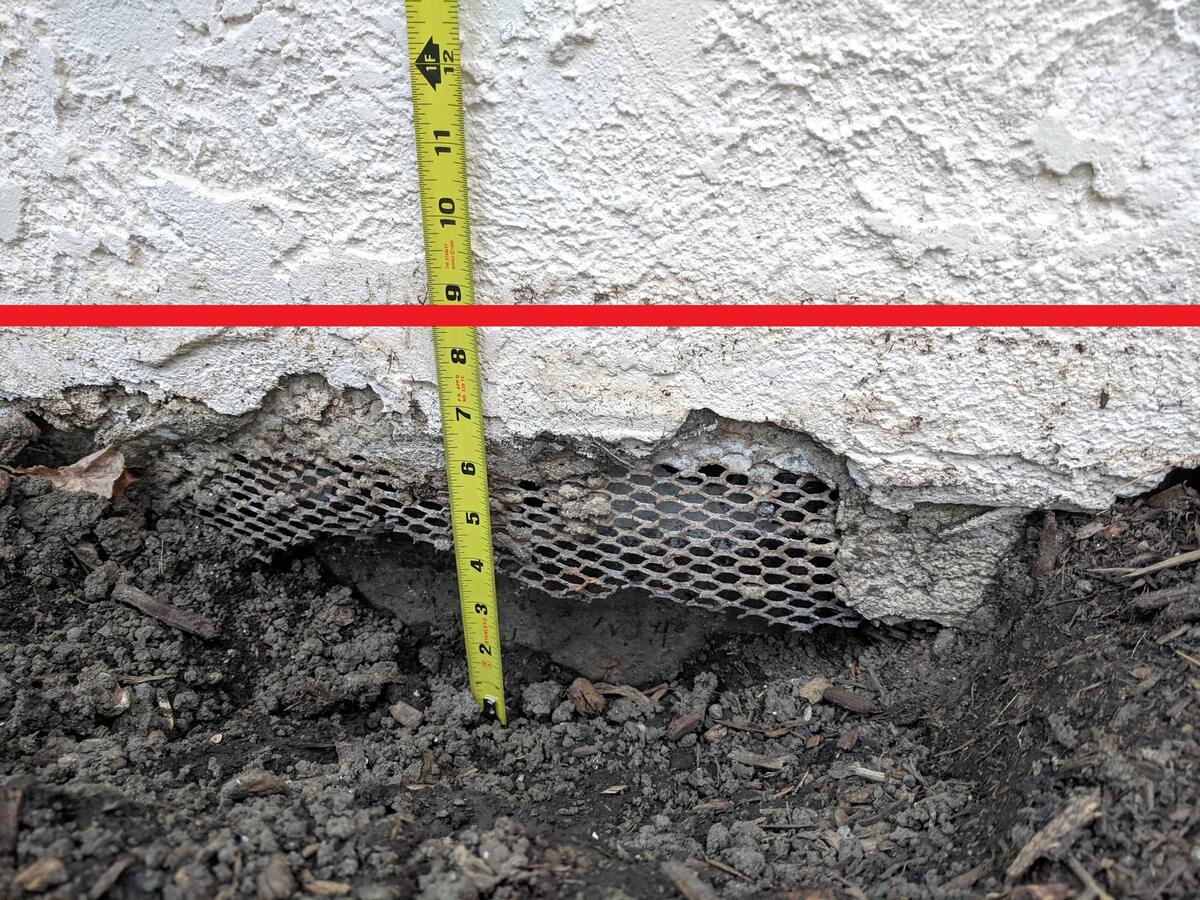
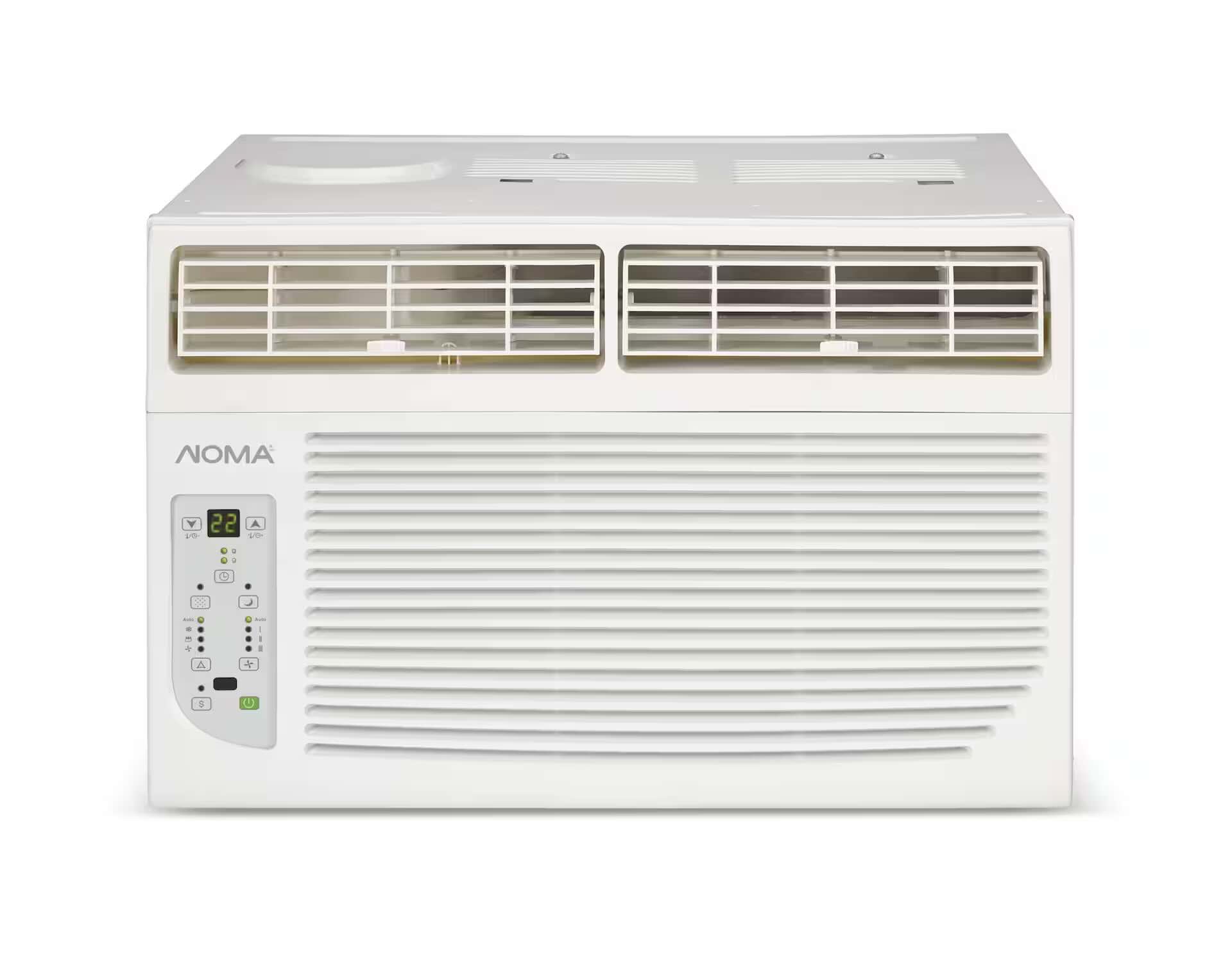

0 thoughts on “How Many Square Feet Is A Pallet Of Grass”